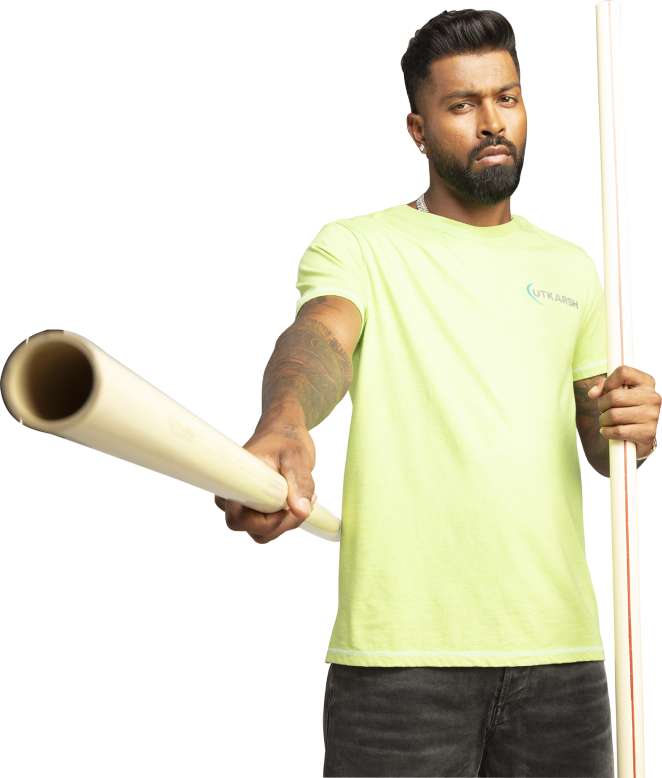FAQs on HDPE pipe for agriculture

High density polyethylene (HDPE) pipes are extremely robust and durable, making them perfect for a host of agriculture related activities. From irrigation to water outlet, these pipes perfectly fit into the roles as necessary. This versatility ensures the popularity of HDPE pipes for agriculture. Here, we share some of the most common questions that people have regarding HDPE pipes.
1. What are the benefits of using HDPE pipes in agriculture?
Durability: HDPE pipes are highly resistant to chemical corrosion, abrasion and weathering. Because of such a durable nature, such pipes tend to last longer, which reduces maintenance costs significantly.
2. What agricultural applications are HDPE pipes used for?
HDPE pipes find use in a wide range of agricultural applications, including:
Irrigation systems: HDPE pipes are widely used for irrigation due to their ability to withstand high pressure and distribute water efficiently.
Water supply: HDPE pipes provide potable water to the various farms. This ensures the proper functioning of agricultural efforts, thanks to the uninterrupted water supply.
Drainage: These pipes are also capable of carrying used water and other liquids as drainage pipes. Being resistant to corrosion, their usage in drainage purposes does not harm the structural integrity.
Chemical transport: HDPE pipes are resistant to a variety of chemicals, making them suitable for transporting fertilisers and pesticides.
3. How are HDPE pipes installed?
HDPE pipes are typically installed using methods such as:
Butt fusion: Butt fusion is a method where the ends of the pipes are melted using a specific machine and then fused with another pipe. Such installation results in seamless connections between two pipes.
Electrofusion: Electrofusion uses an electric current to fuse the ends of the two pipes.
Mechanical connections: HDPE pipes can be connected with each other without heat application. In such cases mechanical connectors are used to form a seamless joint..
4. What maintenance is required for HDPE pipes?
HDPE pipes require minimal maintenance, thanks to their corrosion free and chemically inert natures. To ensure that the pipes are functioning perfectly, users can simply do a visual inspection. They must also avoid fitting the pipes in direct sunlight to prevent damage over time.
5. Are HDPE pipes environment friendly?
HDPE pipes are considered eco-friendly and sustainable products. This is because these pipes have very limited environmental impact. Instead, they can reduce the carbon footprint. Because they are lightweight, transportation of HDPE pipes requires minimal fuel, thereby helping reduce greenhouse gas emissions.
Looking for reputed and reliable HDPE pipe manufacturers?
Explore our HDPE pipes. We offer HDPE pipes that stand out for their exceptional Slow Crack Growth Resistance (SCGR) properties, promising a life span of 50-100 years. Our pipes are designed to resist both corrosion and abrasion, maintaining a 'C' value over 150 throughout their service life. Being chemically inert, they are versatile enough to carry both acidic and alkaline fluids. One of the standout features is their ability to reduce surge pressures by 50-80%. Our pipes are also resistant to incrustation and scale formation, which translates to lower pumping costs for you.
What's more, the lightweight nature of our HDPE pipes makes them easy to handle and transport, eliminating the need for heavy equipment during installation. We offer longer delivery lengths, which means fewer fittings are required. Their flexibility allows for installation over bends without the need for additional joints, making them not just a cost-effective but also a convenient solution for a range of applications.

















